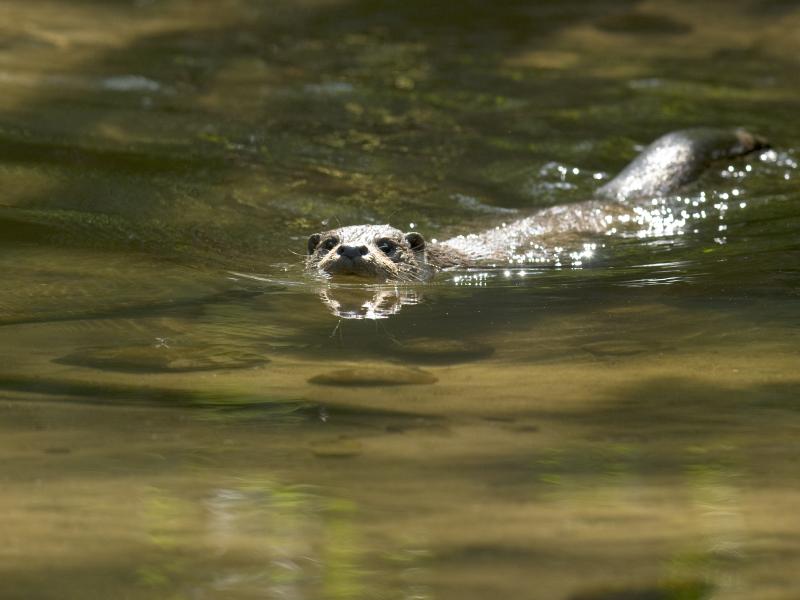Final report otter improvements
Summary
Background: Since the extinction of the Eurasian otter in the Netherlands in 1988, a restoration program has been initiated to improve the Dutch wetlands with areas in which otters can rest, eat, and produce offspring. Since the reintroduction in 2002, the Dutch otter population has grown into viable a metapopulation of approximately 450 individuals in 2020. Yet, factors such as traffic, genetic diversity, insufficient habitat improvement, water quality, and bycatch remain a concern. Overviews regarding traffic bottlenecks, genetic diversity, otter distribution, and population size already exist. it is clear that the water quality in the north and east of the Netherlands is now sufficient. There was, however, no overview of measures to improve the natural habitat in terms of creating areas with freshwater bodies, eco-friendly banksides, and riparian vegetation.
Aim: To provide an overview of how the Dutch wetlands have improved in terms of eco-friendly bankside structures, riparian vegetation, and new nature with freshwater bodies since 1988.
Organism: The Eurasian otter (Lutra lutra)
Place of Research: The north and east of the Netherlands
Research questions: 1. What was the condition of the Dutch wetlands in 1988? 2. Which measures have been taken to improve the Dutch wetlands in terms creating new nature with freshwater bodies, ecofriendly banksides, and riparian vegetation since 1988? 3. What is the current distribution of otters in the north and east of the Netherlands? 4. What limits areas in becoming repopulated or subpopulations in becoming independent from other supopulations in terms of bankside quality and the presence of fresh water bodies? 5. (Why) do provinces differ in what has been achieved so far to improve the Dutch wetlands?
Methods: I obtained information from literature and interviewing involved organisations (e.g., Dutch Mammal Society, Water Boards, Rijkswaterstaat, Staatsbosbeheer, and Natuurmonumenten) in the north and east of the Netherlands.
Conclusion: Improvements as part of the Nature Network Netherlands (NNN), Water Framework Directive (WFD), and Room for the River (RftR) have strengthened the connection between areas with reproduction. These projects have increased the overall otter habitat in the Netherlands by creating areas with freshwater bodies and improving bankside quality. Apart from traffic bottlenecks, subpopulations are limited in their growth mostly by bad bankside quality. Providing vegetation near water bodies throughout the year may reduce otters migrating to adjacent areas searching for a place to rest. This may in turn reduce traffic victims. Compared to the Water Boards in Overijssel and Gelderland, the Water Boards in Fryslân, Groningen, and Drenthe changed their mowing policy relatively earlier to a policy providing vegetation throughout the year.
Recommendations:
I recommend reassessing current mowing policies to determine whether more riparian vegetation can be present throughout the year. Appointing or creating resting areas in adjacent areas can be an efficient alternative. I also recommend to occasionally monitor in areas adjacent to those populated by otters to get a better view whether otters are migrating to new areas.

